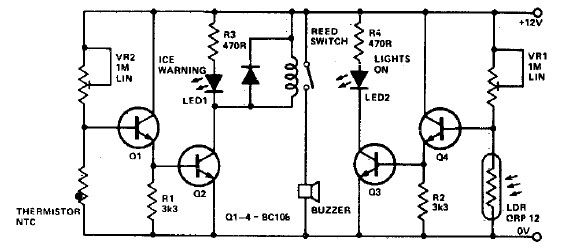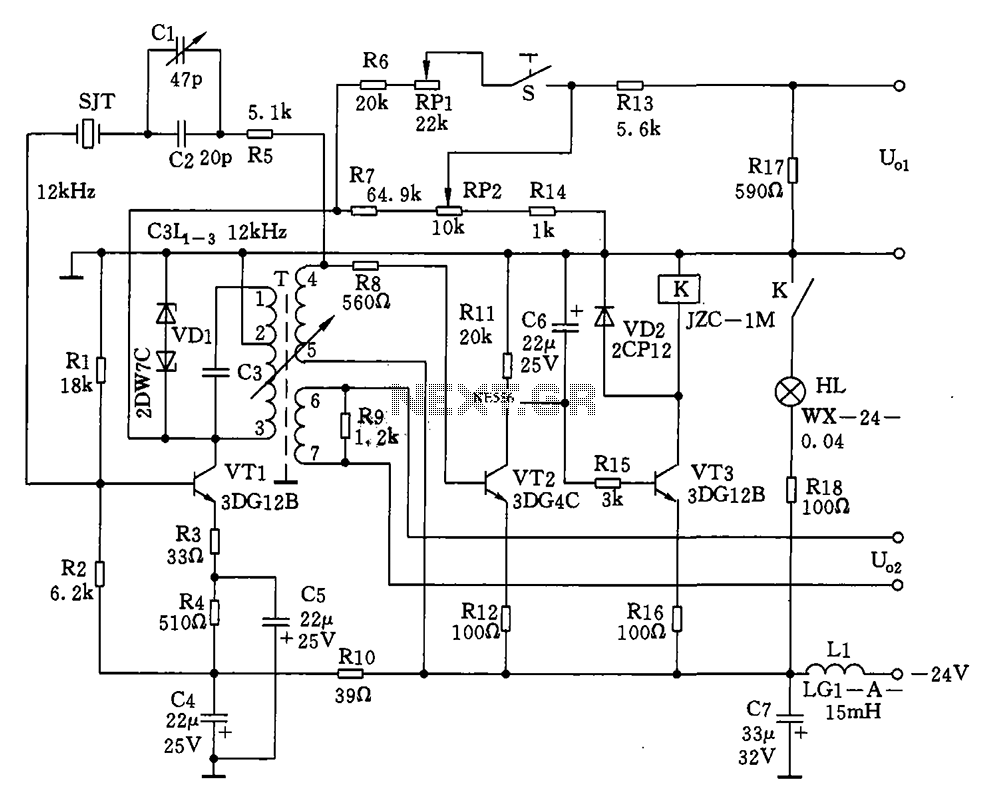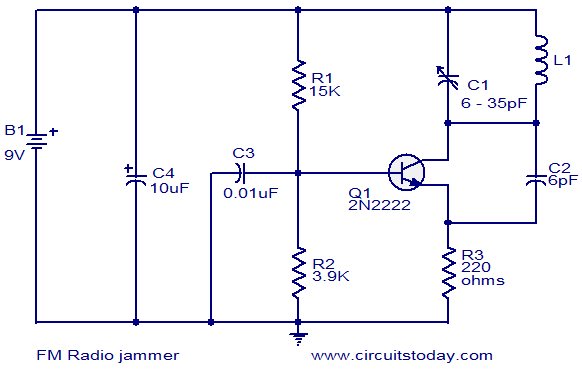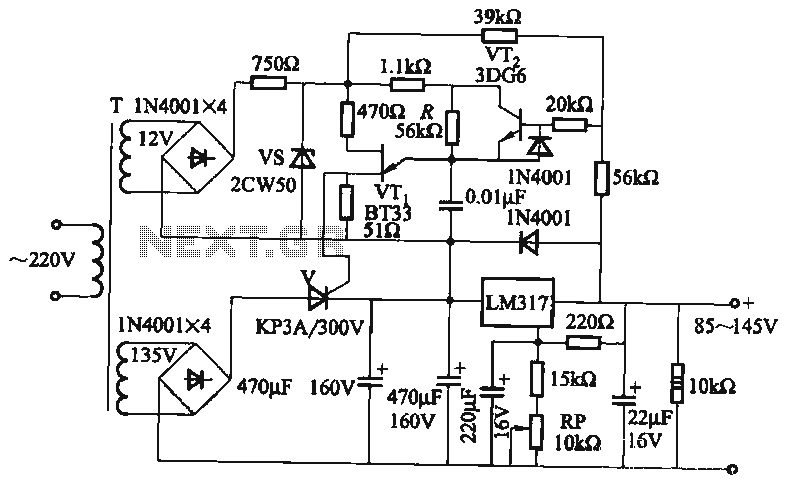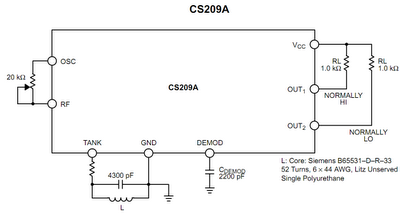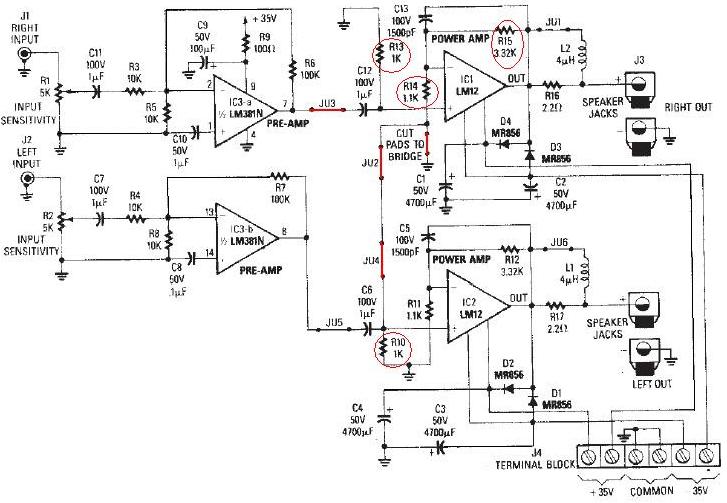
Bridge rectifier circuit in the electronic ballast application circuit
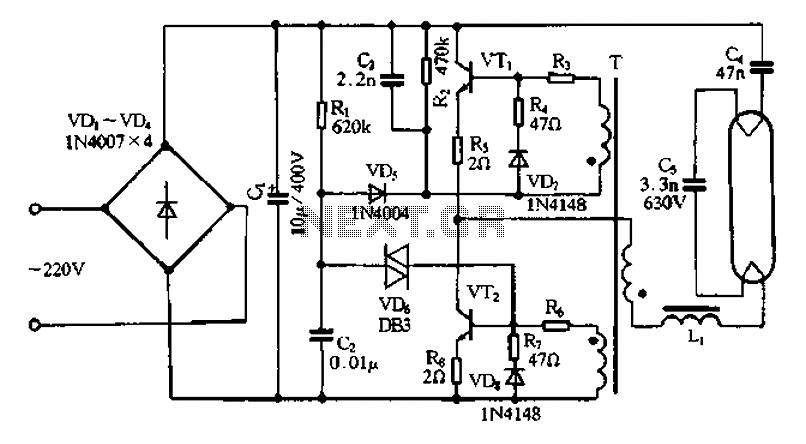
Bridge rectifier circuit in the electronic ballast application circuit
The bridge rectifier circuit is a crucial component in electronic ballast applications, primarily utilized for converting alternating current (AC) to direct current (DC). This conversion is essential for powering various electronic devices, particularly in lighting systems where precise control of current is necessary for optimal performance.
The typical configuration of a bridge rectifier consists of four diodes arranged in a bridge topology. This arrangement allows both halves of the AC waveform to be utilized, effectively doubling the output voltage and improving efficiency. The diodes are connected in such a way that during the positive half-cycle of the AC input, two diodes conduct and allow current to flow through the load in one direction. During the negative half-cycle, the other two diodes conduct, again allowing current to flow through the load in the same direction. This results in a pulsating DC output.
In an electronic ballast application, the bridge rectifier is often followed by a smoothing capacitor, which serves to reduce the ripple voltage in the output. This capacitor stores energy during the peaks of the rectified voltage and releases it during the troughs, providing a more stable DC voltage to the subsequent circuitry. Additionally, voltage regulators may be employed to further stabilize the output voltage and ensure compatibility with the electronic components being powered.
The design of the bridge rectifier must take into account the maximum input voltage and current ratings, as well as the thermal management of the diodes to prevent overheating. Proper selection of diode specifications, such as reverse voltage rating and forward current rating, is essential to ensure reliable operation under varying load conditions.
Overall, the bridge rectifier circuit plays a vital role in the functionality of electronic ballasts by enabling efficient energy conversion and stable power delivery to lighting systems, thereby contributing to energy savings and enhanced performance in lighting applications. Bridge rectifier circuit in the electronic ballast application circuit
The bridge rectifier circuit is a crucial component in electronic ballast applications, primarily utilized for converting alternating current (AC) to direct current (DC). This conversion is essential for powering various electronic devices, particularly in lighting systems where precise control of current is necessary for optimal performance.
The typical configuration of a bridge rectifier consists of four diodes arranged in a bridge topology. This arrangement allows both halves of the AC waveform to be utilized, effectively doubling the output voltage and improving efficiency. The diodes are connected in such a way that during the positive half-cycle of the AC input, two diodes conduct and allow current to flow through the load in one direction. During the negative half-cycle, the other two diodes conduct, again allowing current to flow through the load in the same direction. This results in a pulsating DC output.
In an electronic ballast application, the bridge rectifier is often followed by a smoothing capacitor, which serves to reduce the ripple voltage in the output. This capacitor stores energy during the peaks of the rectified voltage and releases it during the troughs, providing a more stable DC voltage to the subsequent circuitry. Additionally, voltage regulators may be employed to further stabilize the output voltage and ensure compatibility with the electronic components being powered.
The design of the bridge rectifier must take into account the maximum input voltage and current ratings, as well as the thermal management of the diodes to prevent overheating. Proper selection of diode specifications, such as reverse voltage rating and forward current rating, is essential to ensure reliable operation under varying load conditions.
Overall, the bridge rectifier circuit plays a vital role in the functionality of electronic ballasts by enabling efficient energy conversion and stable power delivery to lighting systems, thereby contributing to energy savings and enhanced performance in lighting applications. Bridge rectifier circuit in the electronic ballast application circuit
Warning: include(partials/cookie-banner.php): Failed to open stream: Permission denied in /var/www/html/nextgr/view-circuit.php on line 713
Warning: include(): Failed opening 'partials/cookie-banner.php' for inclusion (include_path='.:/usr/share/php') in /var/www/html/nextgr/view-circuit.php on line 713
